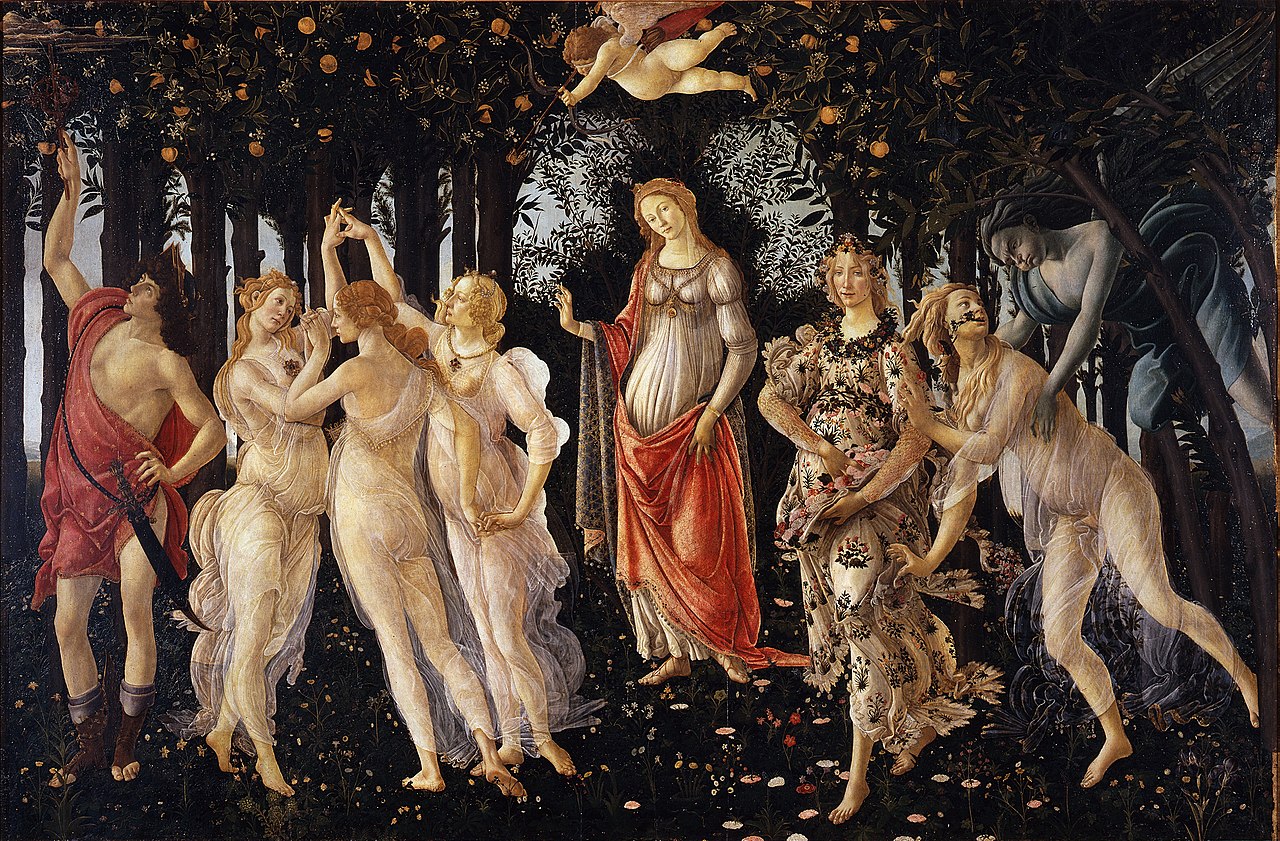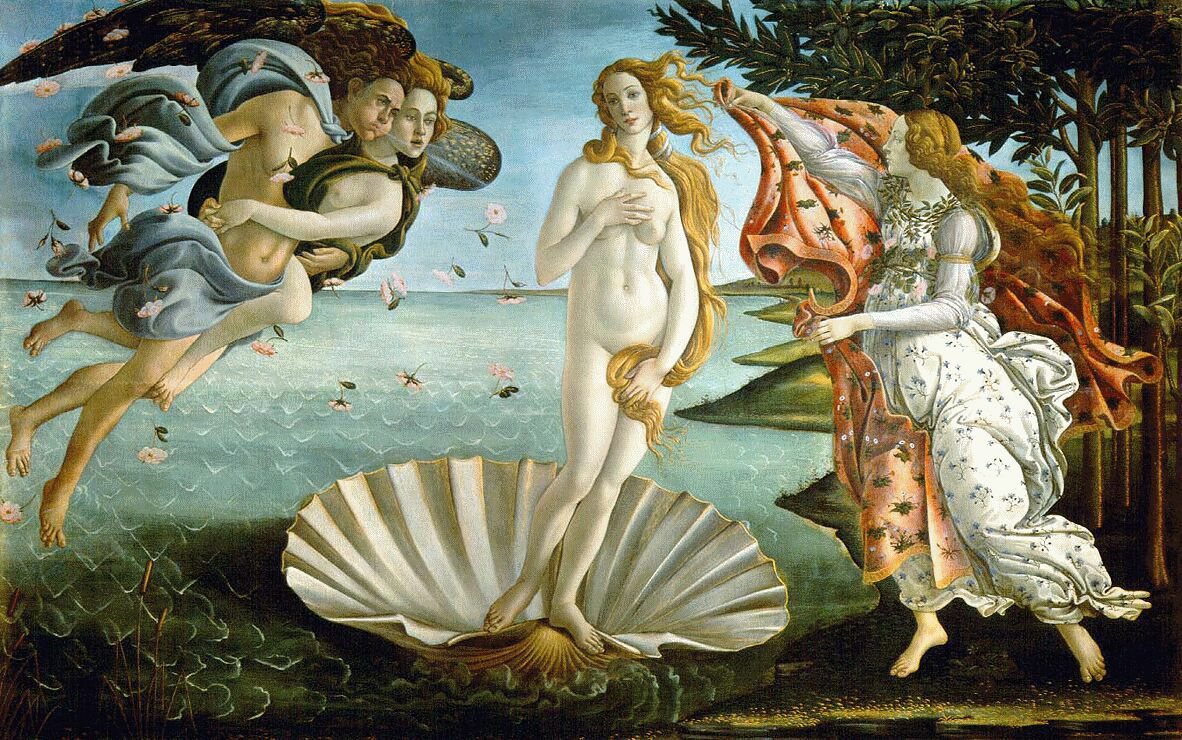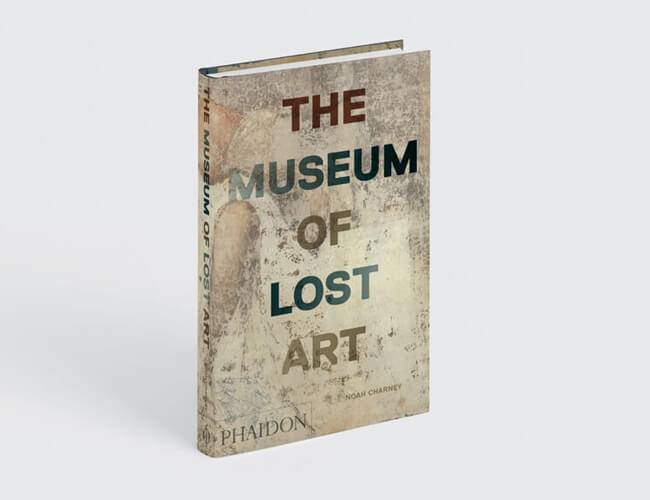
The monk who made Botticelli burn his paintings
Meet the Italian friar who's one of the worst villains in art history and popularised the phrase, Bonfire of the Vanities
Today, the burning of works by a Renaissance master would be viewed as nothing less than cultural vandalism. Yet, there was a time during the Quattrocento when even Florentine greats felt compelled to toss their works onto public bonfires. This orgy of destruction can be traced back to a single figure, as Noah Charney explains in his new book The Museum of Lost Art.
"The Dominican friar Girolamo Savonarola was one of the greatest villains in the history of art," writes Charney. "The monk from Ferrara, resident at the monastery of San Marco in Florence, was by all accounts a hugely charismatic public speaker, and he rose in prominence during the Florentine High Renaissance as he preached against corruption in the Catholic Church, exploitation of the poor, and what he saw as the immorality of secular art and culture. He announced prophecies and then interpreted their fulfilment, publishing in 1495 a compendium of how his predictions had come true and winning legions of followers in the city."
Yet, as the friar's power grew, so he moved from prophesy into personal possessions, destroying art and other items in an attempt restore a due sense of piety to the city.
"He encouraged gangs to roam Florence, even breaking into private homes to drag out any artworks with subject matter not considered sufficiently sober and religious," reveals Charney. "Along with hundreds of paintings and sculptures, perhaps more, objects associated with personal vanity and frivolity were also condemned: everything from mirrors to dice to books to playing cards to fashionable clothing.

"Great piles of these ‘vanities’ were burned in enormous bonfires, the largest occurring on 7 February 1497, ironically at the exact spot in Piazza della Signoria where Savonarola himself would be burned one year later."
Though church and mob eventually, inevitably, turned against the friar, his puritanical drive against the arts was suitably strong and sustained that, at its height, Savonarola even managed to convince one of the world's greatest painters to destroy his works.
"Giorgio Vasari describes Sandro Botticelli (1445–1510), impassioned by the preacher’s rhetoric, carrying some of his own paintings to the square to be burned," Charney writes. "Botticelli’s world-famous Primavera (c.1482) and The Birth of Venus (c.1484) both survived only because they were held at the Villa di Castello, a Medici country residence outside of Florence and beyond the reach of both Savonarola’s minions and Botticelli himself."
While Savonarola may have deprived the world of a Renaissance masterpiece or two, he did leave behind one, minor cultural repository. Although such ritual bonfires were a common accompaniment to the outdoor sermons of the Italian priest San Bernardino di Siena in the first half of the 15th century, the phrase a bonfire of the vanities tends to refers back to Savonarola's fires and is used to describe mendacious or misguided cultural destruction, especially when accompanied by overly pious or virtuous proclamations.

For more on the art lost to the world, order a copy of The Museum of Lost Art here; for more on Botticelli, take a look at this book.